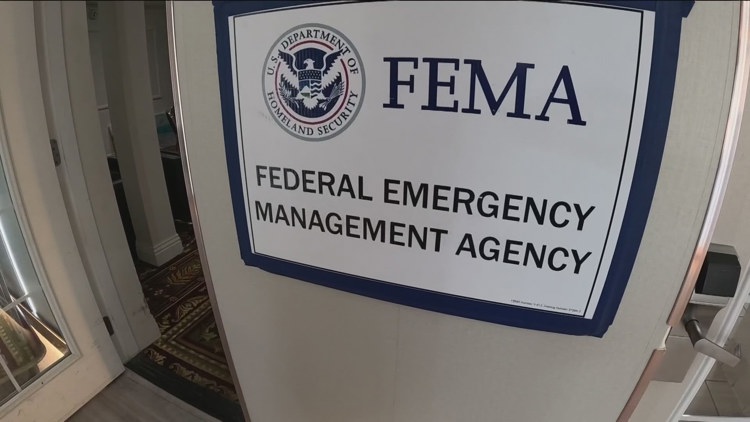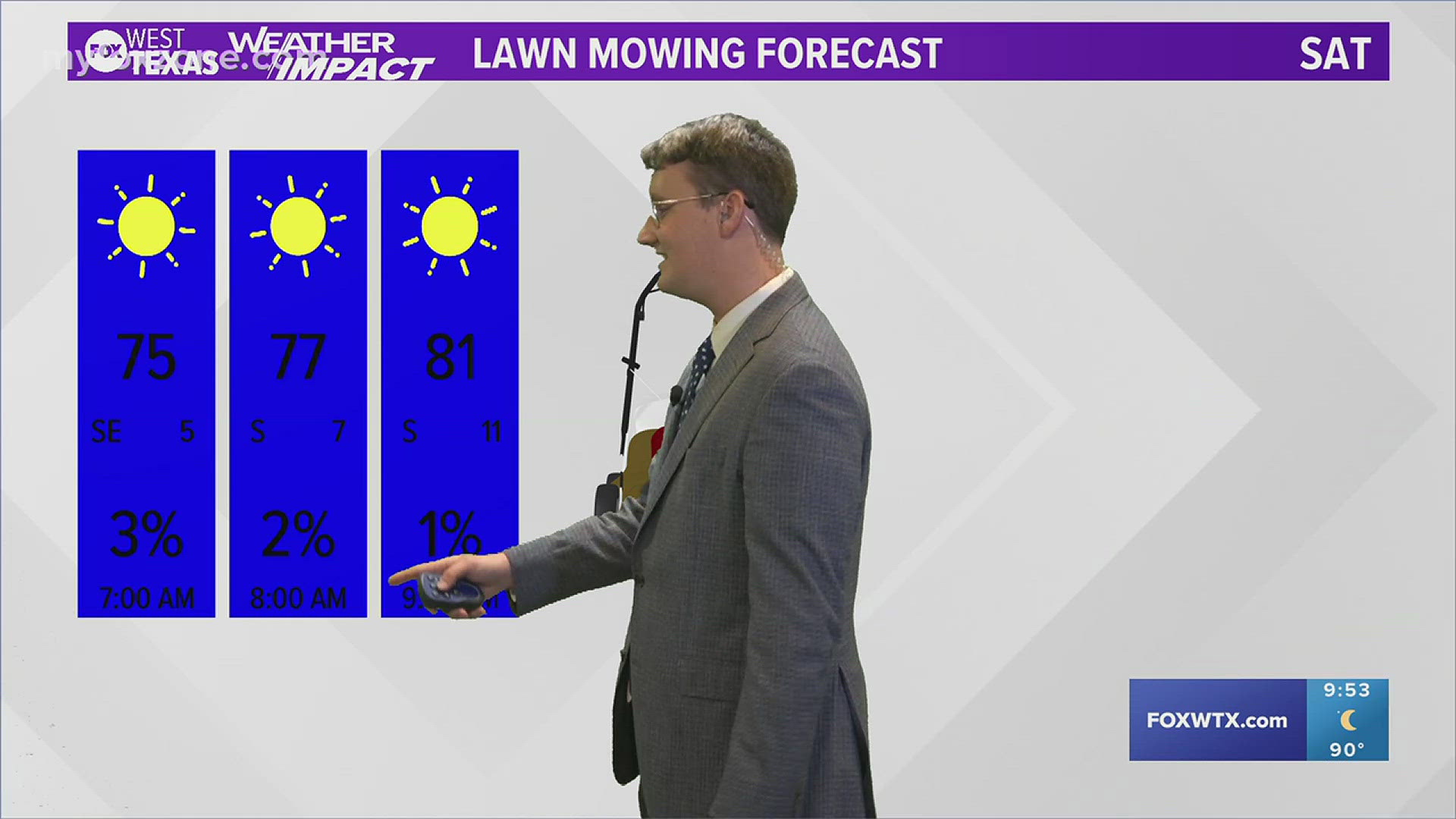TEXAS, USA — Severe weather moved through portions of the Central Plains and the Midwest this week bringing high winds, tornadoes and large hail. Preliminary reports show 23 potential tornado touch-downs, primarily in Iowa, where at least three deaths are attributed to the storms.
The National Weather Service is forecasting an enhanced risk of severe storms with large hail, wind damage and possible tornadoes across the Southern Plains and portions of Arkansas, Louisiana and Texas. Shortly after 3 p.m. Wednesday, areas in West Texas including Sterling, Irion and Tom Green saw severe weather, including a confirmed tornado in the area.
Ahead of the possibility for severe storms, residents are encouraged to take the threat seriously, listen to local officials and act now to prepare homes and families for potential impacts.
While there are currently no requests for federal assistance, FEMA says it is ready to support states and tribes in affected areas as the storms progress. FEMA also has distribution centers strategically located throughout the country and agency teams are on standby to distribute commodities and equipment as necessary.
The agency's regional and national incident management assistance teams and urban search and rescue teams are available to deploy at a moment’s notice.
Here are some tips to help individuals, families and business owners prepare:
Have a plan: Know how you will keep yourself, your family and your pets safe if severe storms are forecast for your area. Make sure you consider your family’s unique needs including anyone who needs medicine or medical equipment. Know how you’ll contact one another and reconnect if you aren’t together when a severe storm hits. Visit.Ready.gov or Listo.gov for more information on how to stay safe before, during and after severe weather.
Know where to get information: Monitor media for updated information on the storm and/or actions to take. Follow the directions provided by local, state or tribal officials regarding emergency actions. Download the free FEMA App to get the latest alerts for up to five locations nationwide. You can also get a National Oceanic and Atmospheric Administration (NOAA) Weather Radio for emergency alerts.
Know where to go: If a severe storm affects your area, you may need to seek shelter. If you get a tornado warning on your phone, an outdoor siren, via a NOAA Weather Radio or on TV or the radio, seek shelter right away. If you are under a tornado or severe weather warning, get to safe shelter immediately. This can be a safe room, basement, storm cellar or a small interior room on the lowest level of a sturdy building. If you do not have a safe place in your home to shelter, know the closest tornado shelter in your area. This may be a school or community shelter.
Listen to local officials: If you are told to stay off the roads, don’t venture out. Shelter in place at your home or business until you are told it is safe to travel. Get to know the terms that are used to identify weather threats and discuss with your family what to do if watches or warnings are issued.
Gather emergency supplies for your home: Include a three-day supply of food and water for each person along with items for any pets. Supplies should include essential personal items such as medicine, clothing, first-aid supplies a battery-powered or hand-crank radio, extra flashlights and batteries.
Gather emergency supplies for your vehicle; It’s best to avoid traveling by car if there is a severe weather threat. If it’s unavoidable, make sure to have emergency supplies in the vehicle. These supplies should include the same essentials as you have at home, plus the following: jumper cables, flares or reflective triangles, a car cell phone charger, a blanket, and a map. Never drive around barriers, as roads may be flooded, damaged or blocked by debris.
Be aware of flood risks: There is the potential for flooding as the storms progress. Driving through a flooded area can be extremely hazardous and almost half of all flash flood deaths happen in vehicles. When in your car, look out for flooding in low-lying areas and bridges over or near water. If you encounter flood waters, do not drive through the area – turn around, don’t drown.
Check on your loved ones: Check on your neighbors or friends, particularly those who are vulnerable or need extra support. Older adults and individuals who depend on life-sustaining medical equipment or assistance devices such as a ventilator or mobility devices, may need additional support in areas that have lost power.
Other important tips:
Never use a generator inside a home, basement, shed or garage, even if doors and windows are open. Keep generators outside and far away from windows, doors and vents. Read and follow instructions on the generator label and in the owner’s manual. Any electrical cables you use with the generator should be free of damage and suitable for outdoor use.
Never use charcoal grills or camp stoves indoors. Deaths have occurred from lethal levels of carbon monoxide when people burned charcoal or used camp stoves in enclosed spaces.
Stay away from downed wires, including cable TV wires. They may be live with deadly voltage.
If the power goes out, use caution with candles. If possible, use flashlights instead. If you must use candles, do not burn them on or near anything that can catch fire. Never leave burning candles unattended. Extinguish candles when you leave the room.
Preparedness and safety information for the public
Individuals in the potentially affected areas are urged to have an emergency communications plan, monitor local radio or TV stations for updated emergency information, and follow the instructions of state, tribal and local officials. Download the FEMA mobile app, available in English and Spanish, to set up weather alerts, review preparedness information, safety tips and an emergency kit checklist, and more.
Possible reimbursement for national flood insurance program policy holders
If you live in an area likely to experience flooding from this storm and have a National Flood Insurance Program (NFIP) flood policy, you may be eligible for reimbursement for actions taken to protect your property. Call your insurance agent to find out more.



